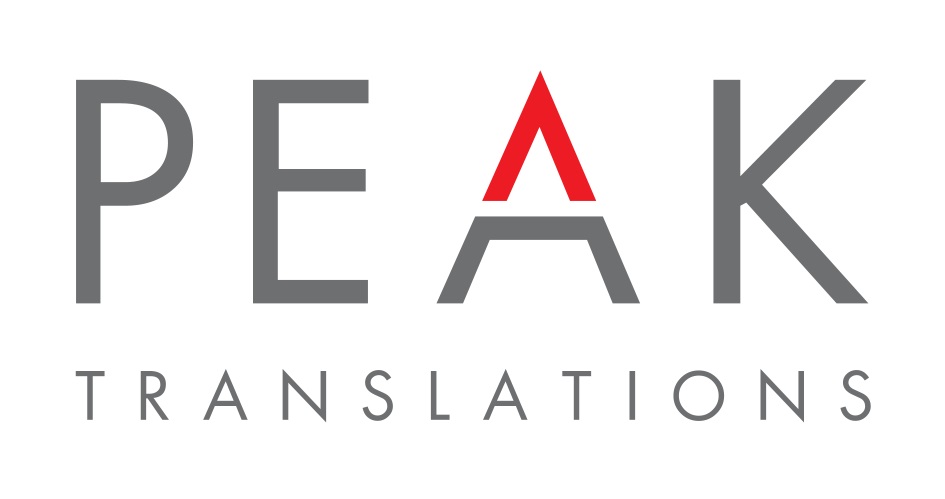 Add My Company
Add My Company
Sign In
HOW TO PAINT YOUR BUSINESS PALETTE WITH THE COLOURFUL MELTING POT OF CULTURE THAT IS INDIA
03-01-2017

Described by many as a land of striking contrasts, India is a diverse country made up of awe-inspiring landscapes, varying from the mighty Himalayan ranges to the vast sub-tropical Thar Desert and to the hustle and bustle of the fast-paced and culture-rich cities of Mumbai and Delhi. Not forgetting that it also stands out from the crowd with its wonder of the world, the phenomenally beautiful ivory-white monument, the Taj Mahal. Simultaneously, whilst dazzling the world with these sparkling jewels, this Indian treasure trove also offers plenty of opportunities for international business enterprises, being one of the world’s fastest growing large markets. However, it is important to note that diving head first into any global investment requires research, especially with regards to culture and business etiquette. If a business venture wishes to bear fruit rather than to shrivel and die, it must understand the ins and outs of its target market.
Like colour being an essential part of an artist’s painting, learning a country’s culture should be second nature when conducting international business. Dip your cultural brush here for some colourful tips on business etiquette in India.
The meet and greet showpiece
Shaking hands may be customary in the UK and accepted in India by Westerners, but if you really want to show respect and that you appreciate Indian customs it would be polite to greet your potential clients with the word ‘namaste’ (na-mas-TAY), whilst placing both hands together with a slight bow.
The art of body language
Just as the lyrics of The Police’ song say ‘Don’t stand so close to me’, so should international investors give space to their Indian counterparts. They do not appreciate the up-close-and-personal approach like the Latin Americans, preferring to be an arm’s length away, greatly valuing their personal space.
Gestures are likely to be misinterpreted if either party is not aware of their meanings, so best to nip misunderstandings in the bud to avoid any cultural blunders. For instance, it is generally understood that shaking the head from side to side means ‘no’, however, in India it means the opposite, ‘yes’. Even more confusing is the side-to-side hand waving gesture of ‘hello’, which in India translates as ‘no’ or ‘go away’!
The corporate picture
A conversation opener asking about your business counterpart’s family or their interests is proper etiquette, rather than launching head first into business negotiations.
Decorum asks that you don’t refuse the milky and sugary tea or coffee that is often offered in business meetings, as it would be deemed rude. If this beverage is really not your ‘cup of tea’, be sure not to down the entire cup to be rid of it, as it will more than likely be re-filled. This etiquette also covers the elements of business dining, whereby refusing any food is considered impolite and finishing your plate will demand more food to be put on your plate.
The arrangement of business dates
Since India is home to an eclectic array of religions, seven to be exact, business is conducted around the multitude of holidays, so if you don’t want to arrive home empty-handed it would be wise to know the Indian holiday calendar (dates varying from year to year).
The Indian concept of business dress
To achieve the pièce de resistance in dress code etiquette, the simplest mantra is ‘Conservative all the way’!
The gift-giving masterpiece
The art of gift giving in India seems to be underlined with religion
It is believed that the transition into the next life is made easier with the offering of gifts.
Certain types of gifts should be avoided, as they would most definitely offend; Hindus believe that the cow is sacred, therefore leather items are taboo and Muslims would not take too kindly to alcoholic products or those made from pigskin.
Etiquette also requires that you proffer the gift with both hands, as well as not expecting it to be opened in your presence. Even the colour of the wrapping paper needs to be considered as some colours suggest luck (green, red and yellow), whilst others have a more negative connotation (black and white).
‘Portrait of a lady’
India still paints the picture of a particularly male-dominant society, which means that women remain on the backbench when it comes to business negotiations. Promptly establishing your position and title might warrant you a better audience in male company, but be aware that as a woman, you might not be included in conversations or social events.
The canvas of business language
It appears that there is no need to brush up on your Hindi, the official language of India, as most international business is conducted in English. Nevertheless, some English words have hidden meanings in the world of Indian business. It would not be customary for an Indian counterpart to utter a flat out ‘no’ as they see this as offensive and would much rather say ‘no’ by saying ‘we’ll see’ or ‘yes, but it may be difficult’.
These are just a small selection of cultural tips to consider, therefore, if you wish to add a more detailed cultural picture to your collection, it is advisable to carry out more groundwork in order to ensure a smoother international integration.
By Madeline Prusmann, January 2017
For more information on HOW TO PAINT YOUR BUSINESS PALETTE WITH THE COLOURFUL MELTING POT OF CULTURE THAT IS INDIA talk to Peak Translations Ltd
Enquire Now
List your company on FindTheNeedle.

